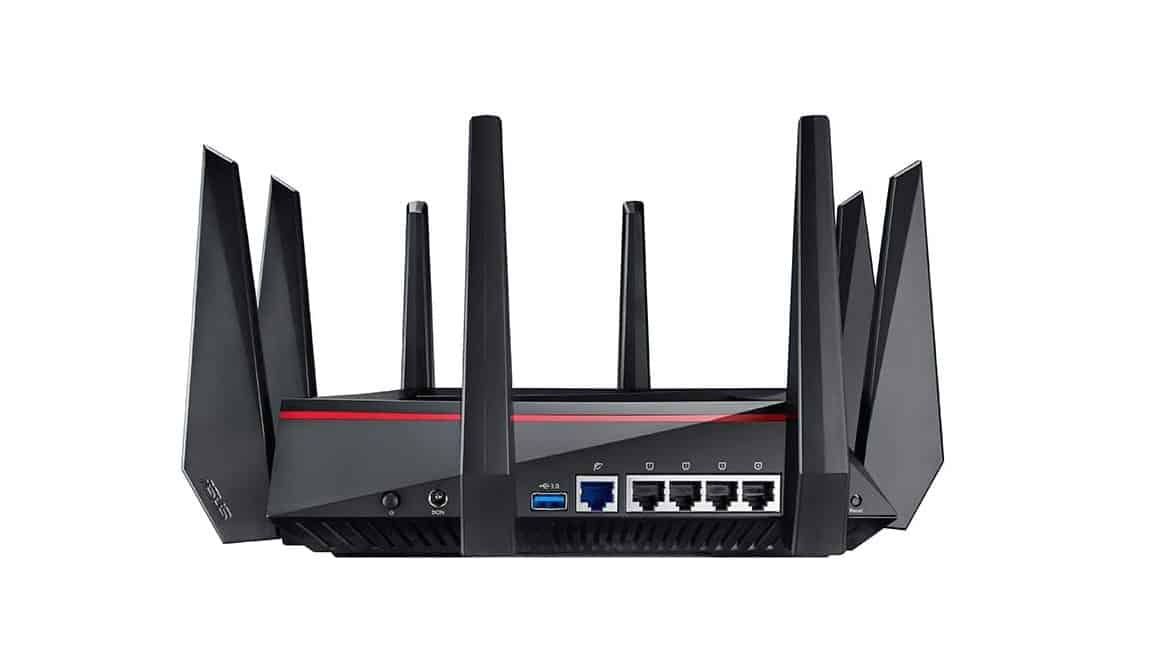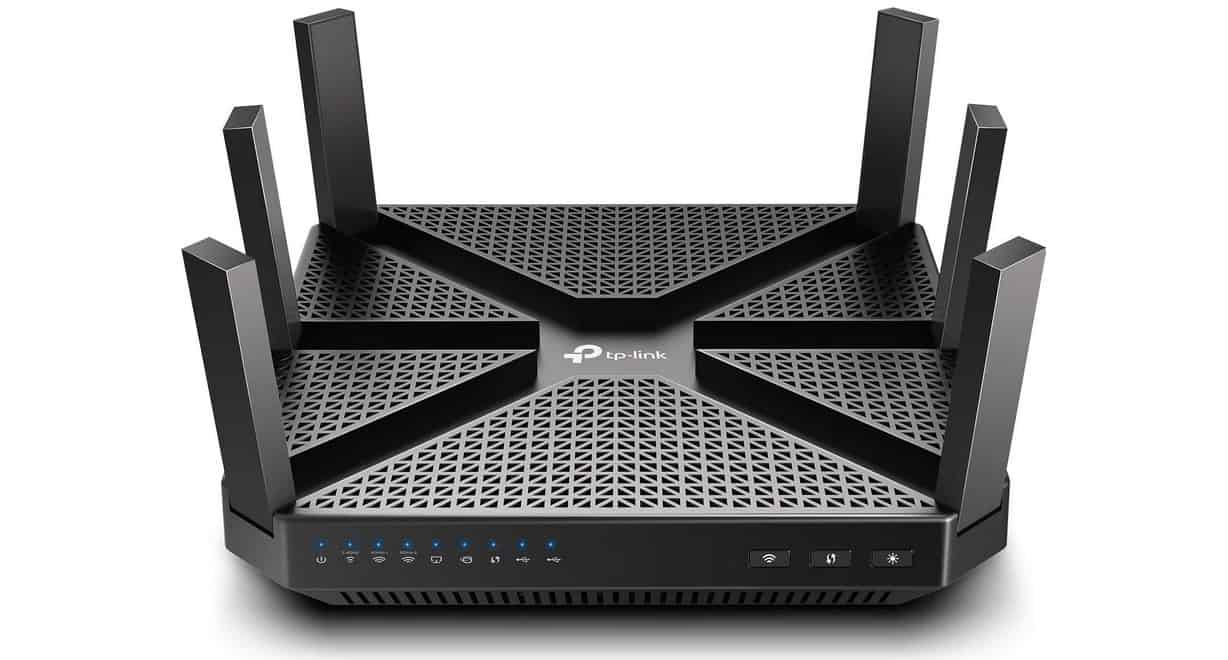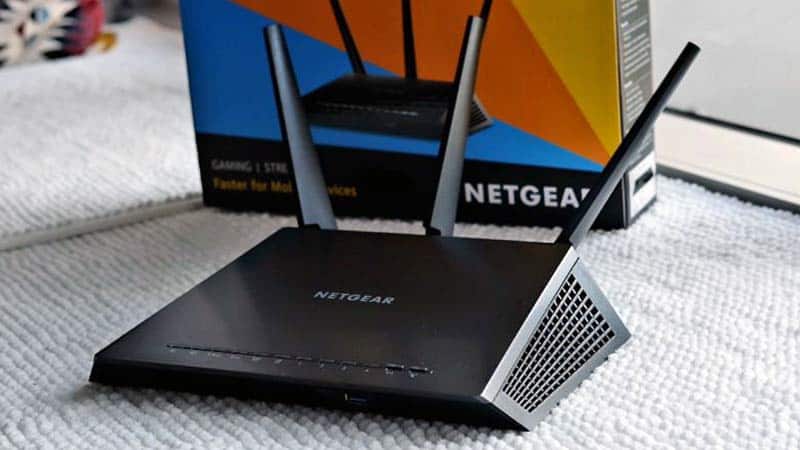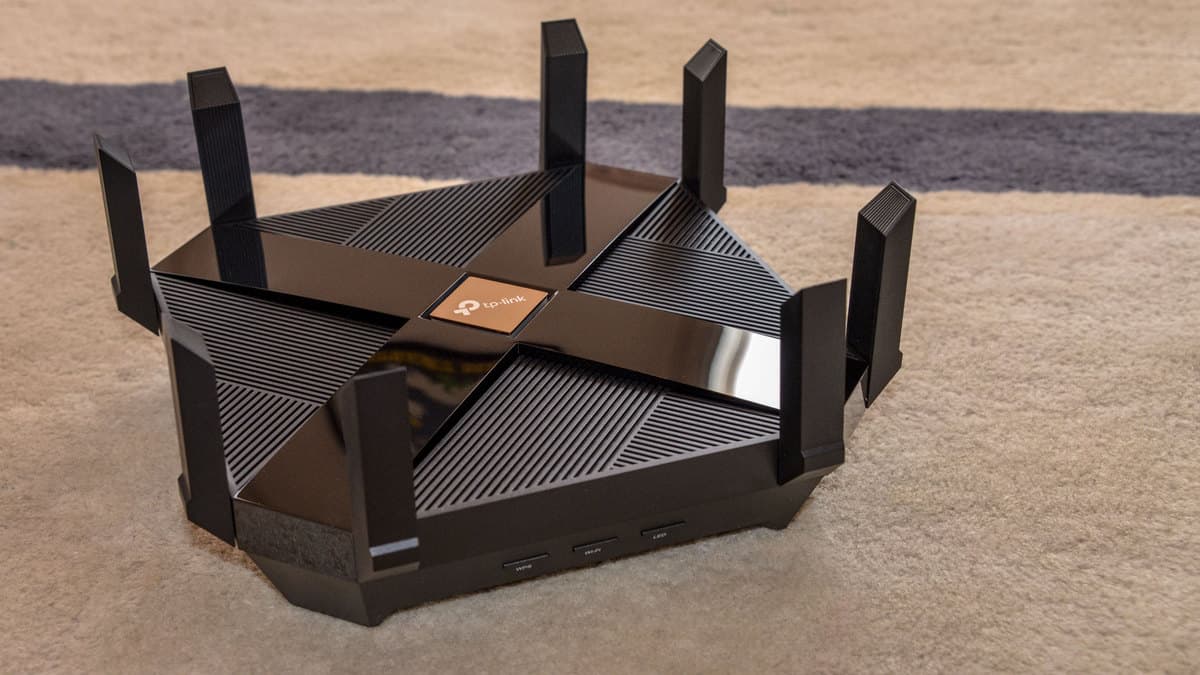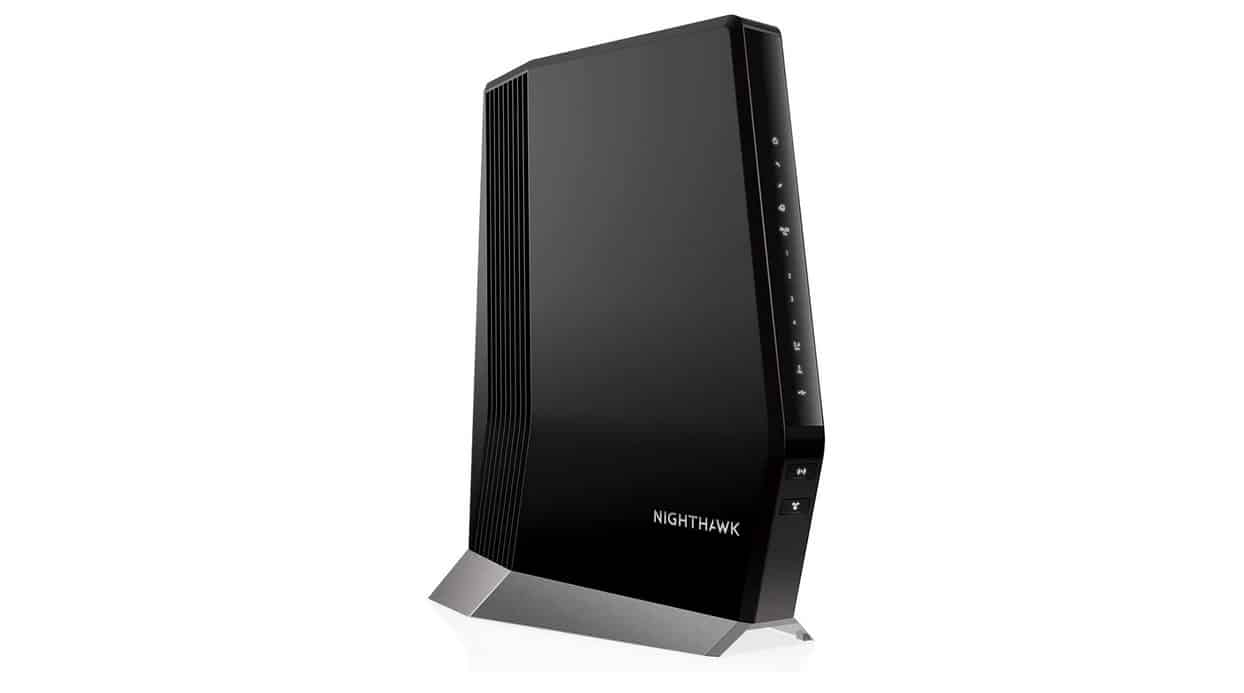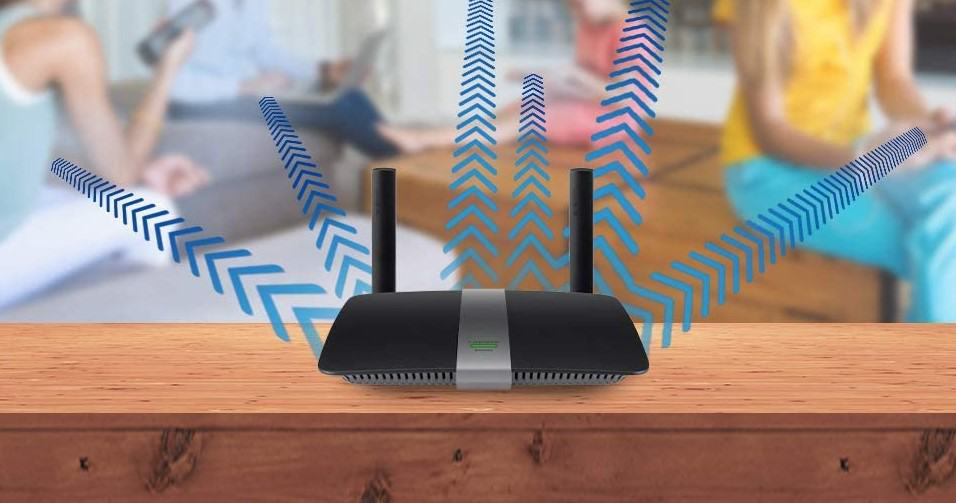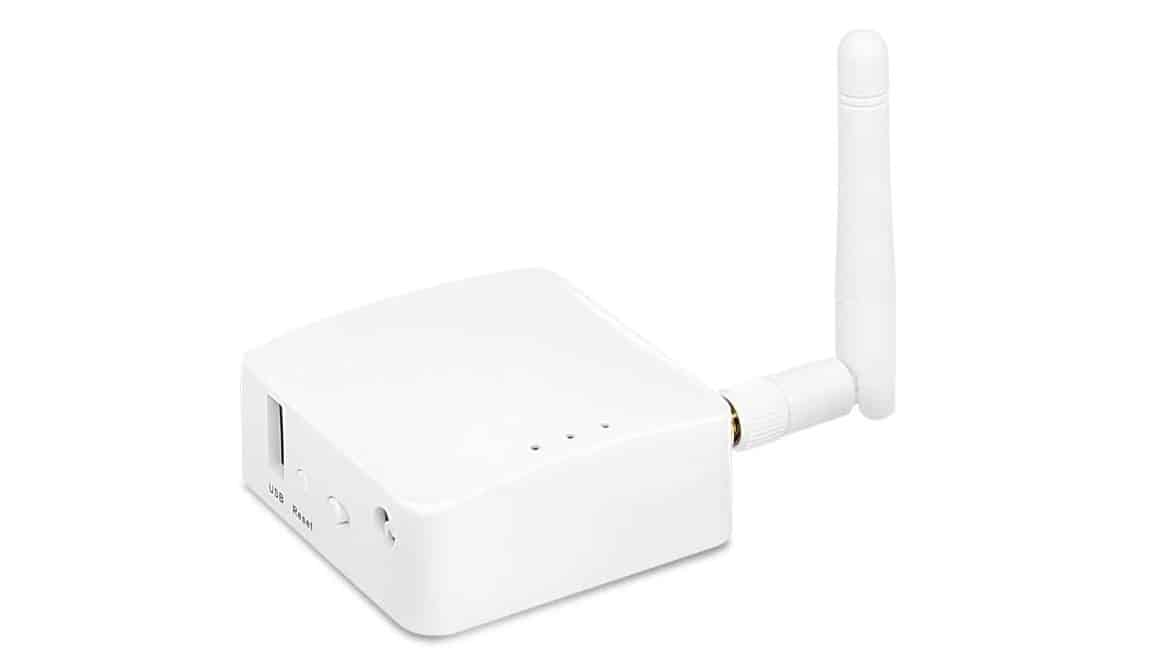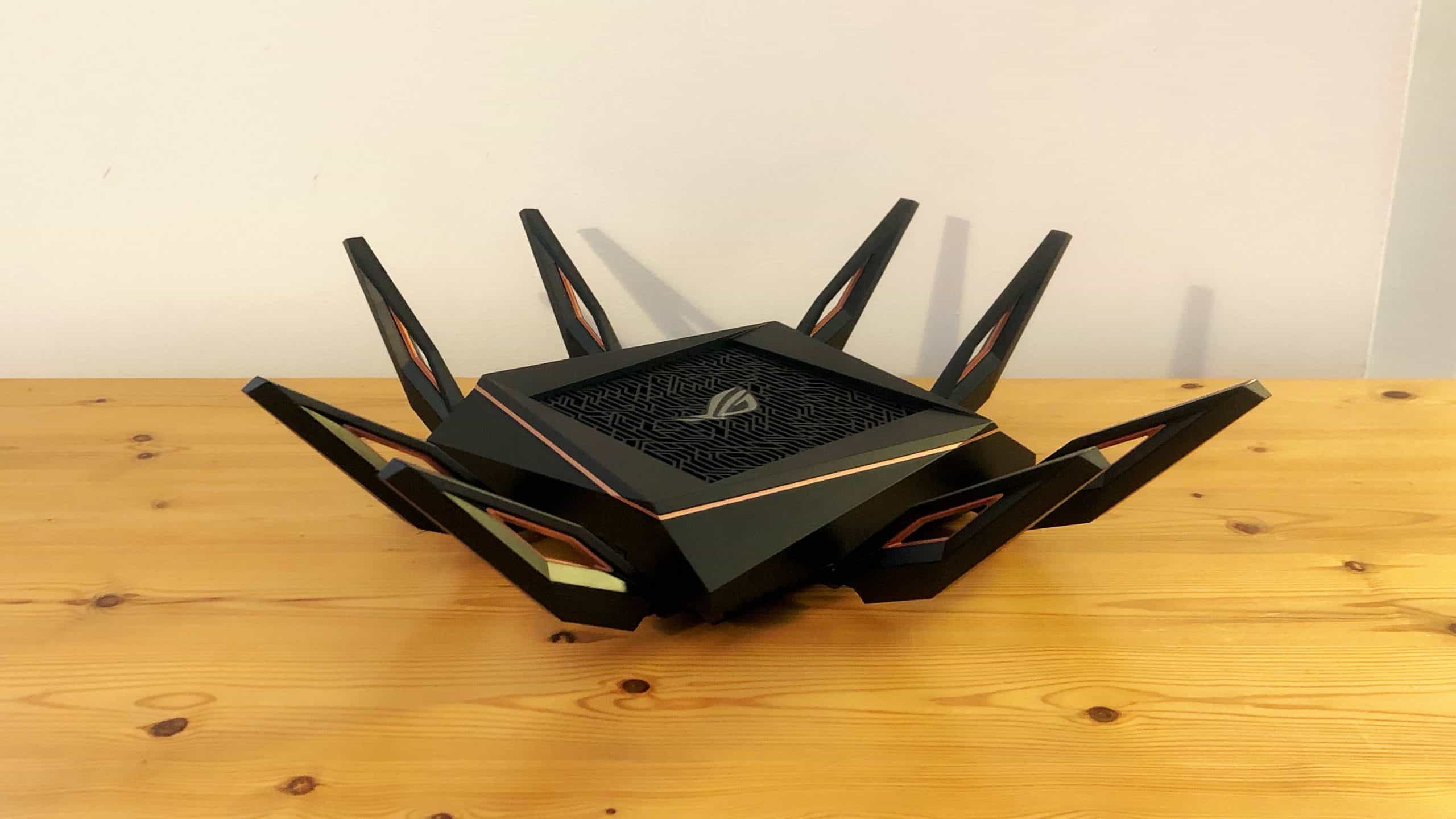If you’re trying to upgrade your network devices for your business or home, you’ve probably noticed there are some differences between a Layer-3 switch vs. a router. They both have basic routing functions like inspecting incoming packets and connecting network devices over LAN. That said, the best routers have security features like VPN and firewall services.
KEY TAKEAWAYS:
- A Layer-3 switch connects several devices to a local network through ethernet connections. Each machine has a separate address but is on the same network.
- A router connects to the internet through a modem. It passes that signal to devices on the network through wireless or wired connections. In addition, a router uses IP addresses to locate individual clients on the web.
- A Layer-3 switch is ideal for an office setting with numerous users who need to communicate. A router is best for small networks and wireless internet.
Comparing Layer-3 Switches and Routers
If you think there’s little difference between a Layer-3 switch and a traditional router, that’s not exactly true. Both devices deal with routing protocols, but the key distinction is the level of internet connection you get. That said, if you work abroad, you may be more interested in learning the difference between a dongle vs. a Wi-Fi router.
Insider Tip
Make sure you need a Layer-3 switch because good models can get quite expensive.
Understanding Layer-3 Switches
A Layer-3 switch is a device that sends data between large networks of computers and servers via ethernet ports. The Layer-3 switch typically works through a user’s mac-address, forwarding data along with the local network. A premium Layer-3 switch will even offer tens of broadcast domains for faster communication between devices. It should be noted that if you are worried about online gaming, read our guide to 5GHz Wi-Fi vs. ethernet gaming.
Benefits of Layer-3 Switches
Layer-3 switches improve network routing performance on large LAN networks. They communicate between local destination addresses much quicker than a dedicated router. The network switch connects a large home or business network over a common network device. Depending on the size of your network, routing between VLANs will cost much less than using a router.
Drawbacks of Layer-3 Switches
Traditional switches have difficulty performing complex routing functions, especially in the wide-area network. In addition, connectivity between network devices will only work over ethernet interfaces, so not all devices will work without a USB ethernet port adapter.
Understanding Routers
A router connects a network to the internet by forwarding internet service from ISP’s modem to your local network. In addition to an ethernet internet connection, modern routers also offer wireless connectivity over multiple frequency bands like 2.4 and 5 GHz.
Benefits of Routers
Routers are great for receiving and sending data over various connection types, including your Local Area Network (LAN). In addition, most routers offer increased network security and allow for Virtual Private Network (VPN) connections.
Drawbacks of Routers
Routers have a lower port density when compared to Layer-3 switches, which means you’ll only have a few ethernet ports per router. So, if you have a vast network, only a tiny fraction of users will get the total bandwidth of a wired connection.
Are Layer-3 Switches or Routers Better?
For a small network with only a couple of user devices, a router should suit your needs. That said, if you need a high-speed local connection for numerous workstations, you should go with a Layer-3 switch. Both devices offer excellent local links, but the best option depends on the size of your network.
Warning
Make sure you have the proper ethernet adapters before switching your business network to a Layer-3 setup.
F.A.Q.S
What Is Inter VLAN Routing?
Inter-VLAN routing allows for multiple users to a network but keeps those users on separate broadcast domains. This helps with device security and better distributes bandwidth.
Who needs a router?
Anyone looking to connect devices to home internet needs a router. Of course, there are other options for internet access, but routers are the most common type.
Will Layer 3 Switches Give Routers the Boot?
Not necessarily. The choice between a switch and router is mainly dependent on the size of your network.
STAT: A recent report from Auvik shows switches represent almost half (48%) of all network devices on MSP-managed sites. In comparison, routers account for only 6% of the total. (source)
REFERENCES:
- https://www.auvik.com/wp-content/themes/auvik/downloads/auvik-network-vendor-data-report-2018.pdf
- https://www.ccri.edu/faculty_staff/comp/tonyrashid/files/Layer3Switching.pdf
- https://www.ietf.org/slides/slides-edu-routing-bridging-switching-02.pdfr
- https://en.wikipedia.org/wiki/Multilayer_switch
- https://www.youtube.com/watch?v=WIQnpPXHTHc




















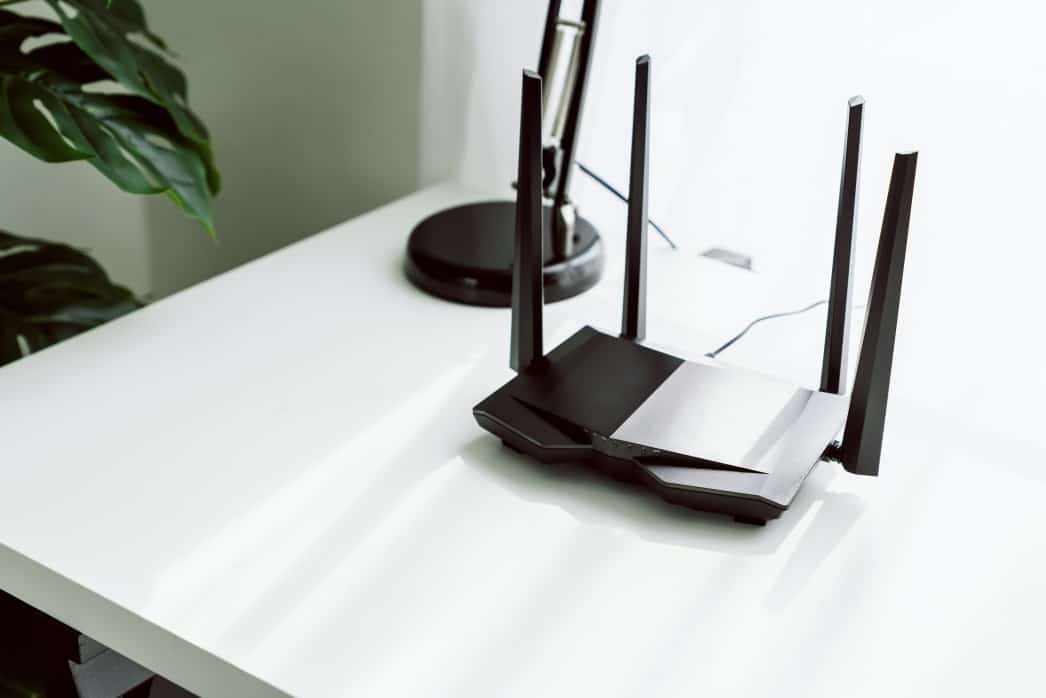




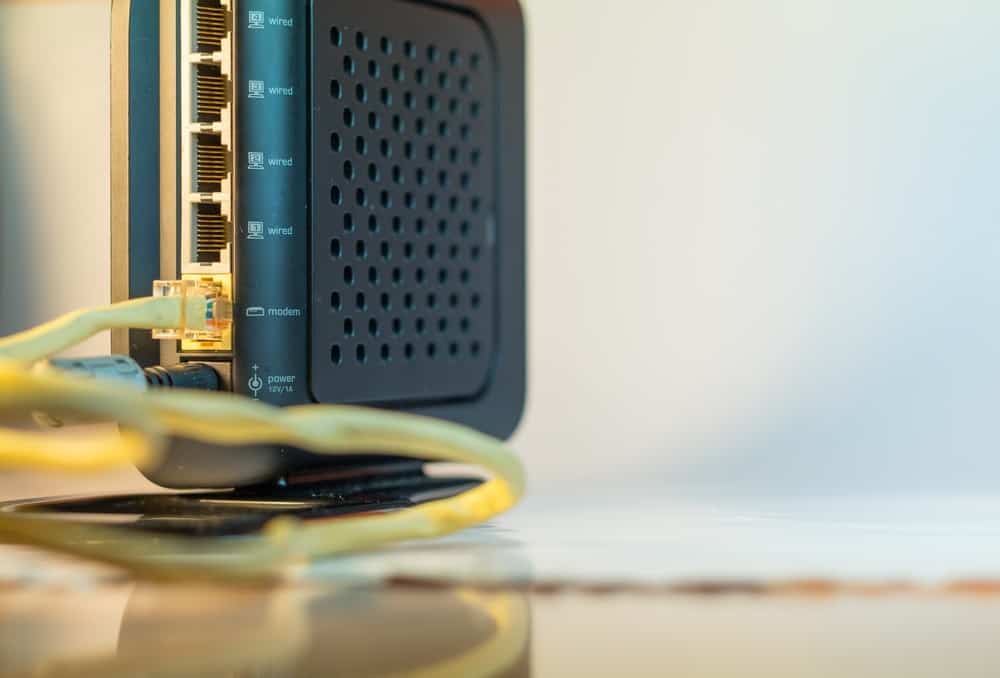


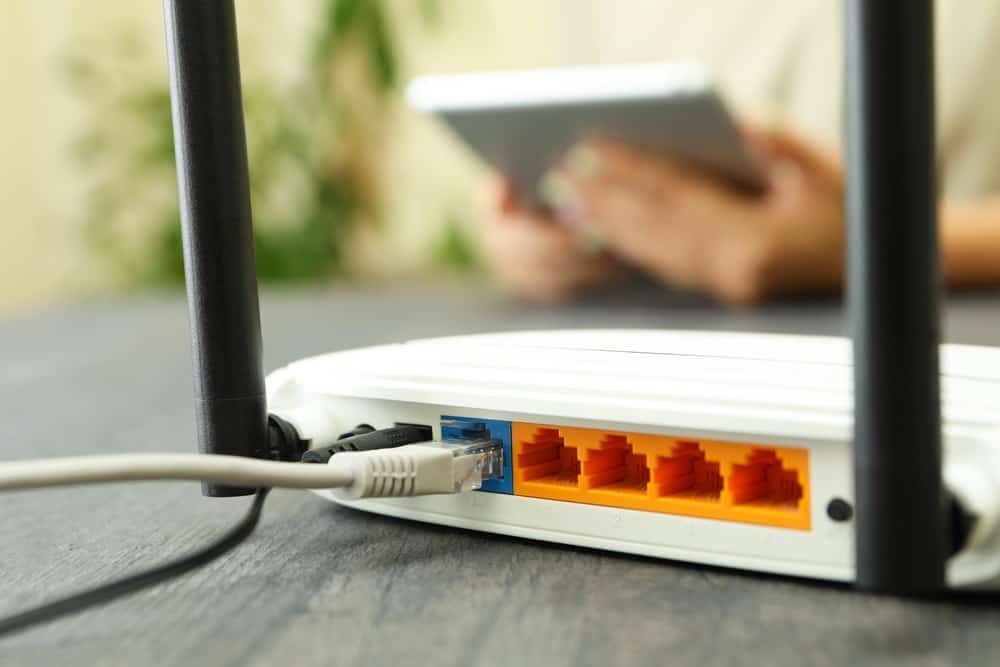
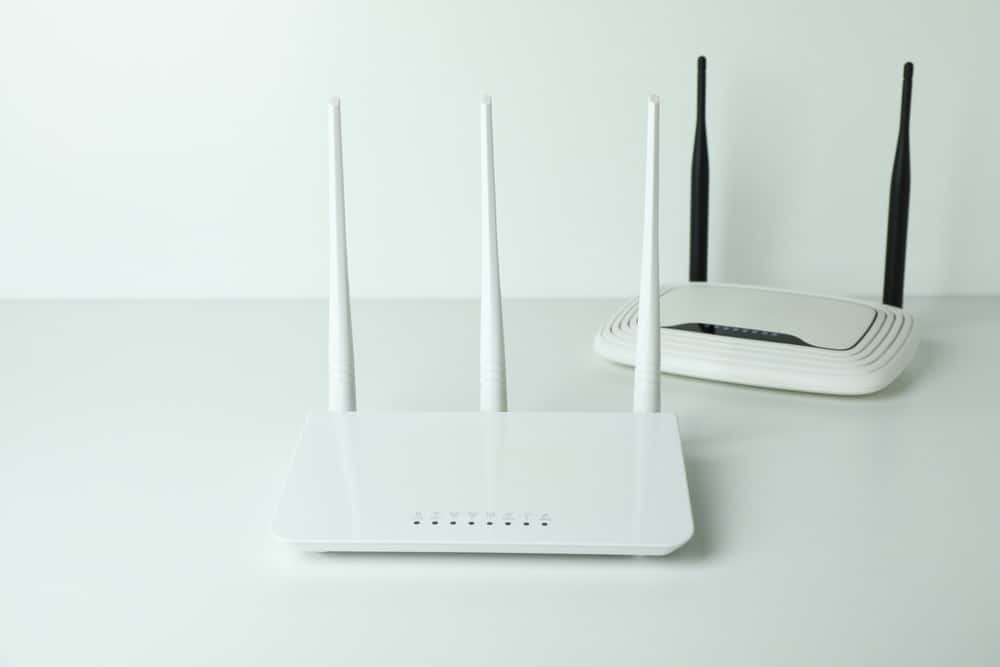
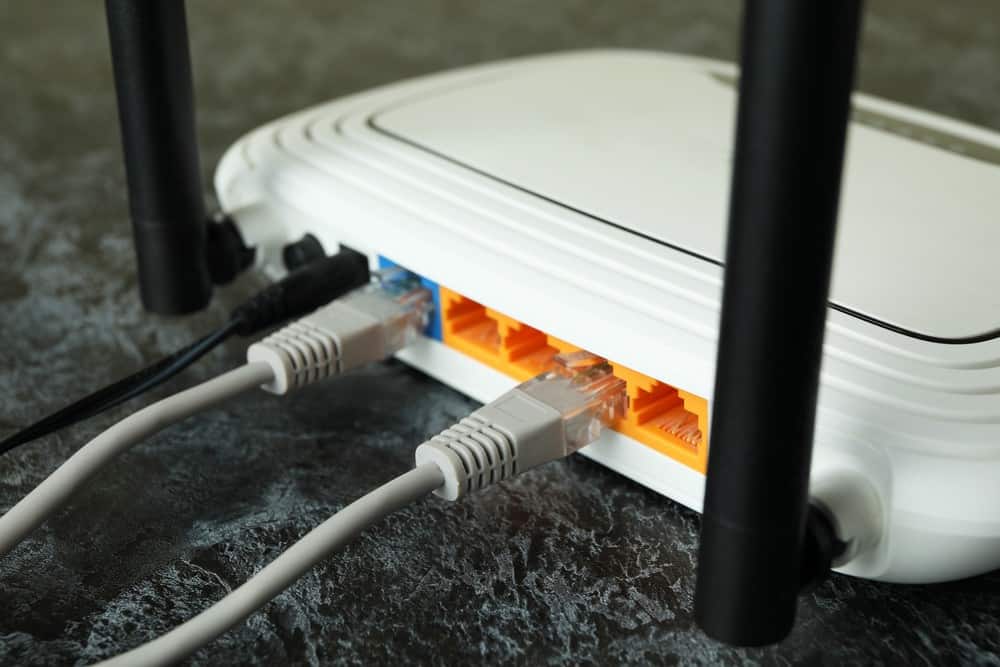
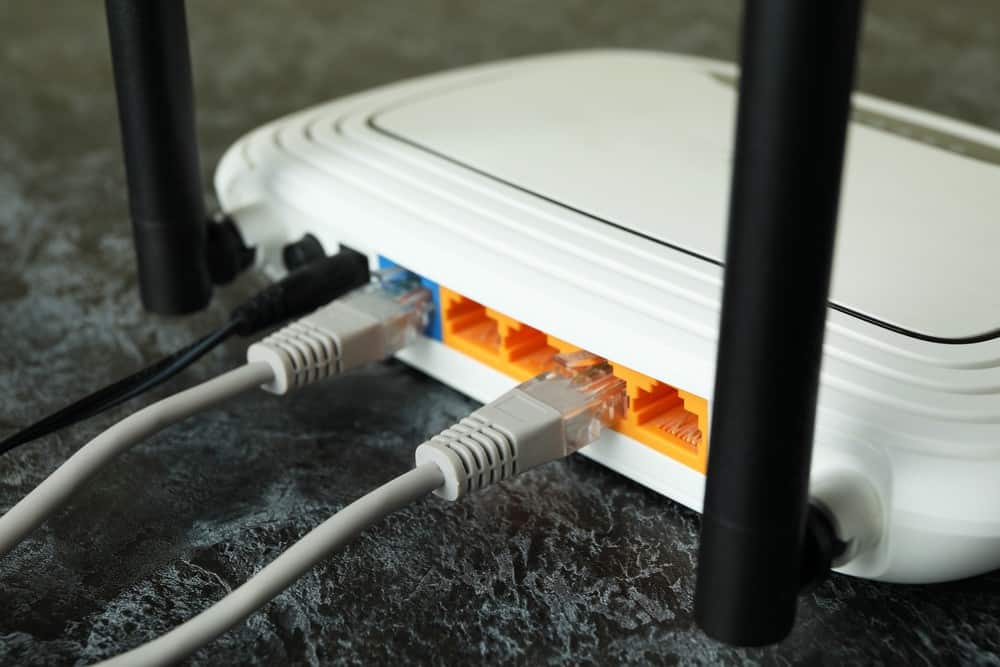


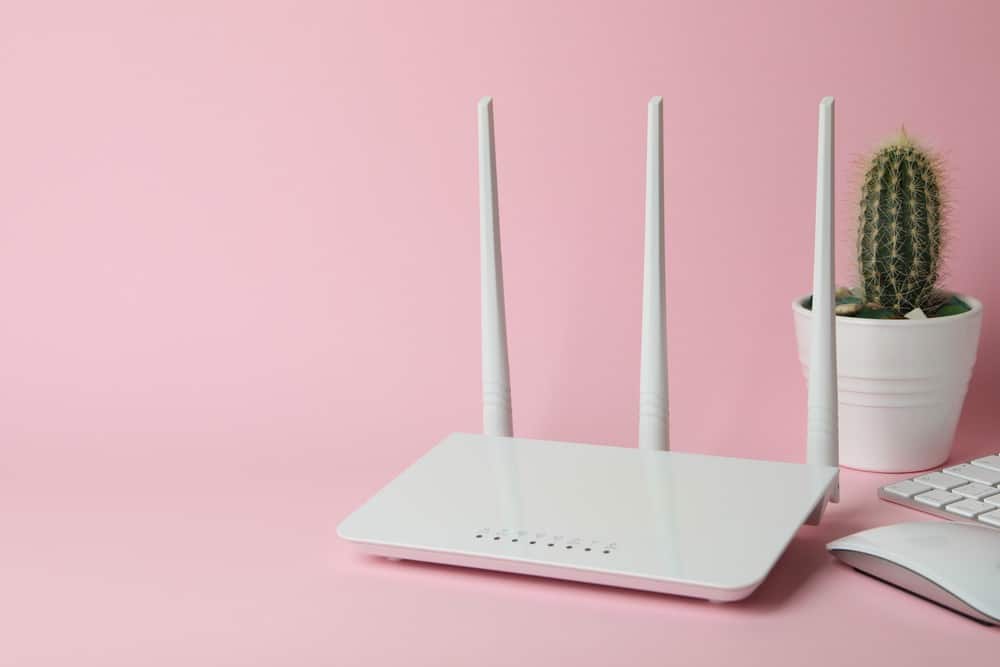
![Best BenQ Monitors in [year] 27 Best BenQ Monitors in 2026](https://www.gadgetreview.dev/wp-content/uploads/best-benq-monitor-image.jpg)
![Best Wifi Extenders For FiOS in [year] 28 Best Wifi Extenders For FiOS in 2026](https://www.gadgetreview.dev/wp-content/uploads/best-wifi-extender-for-fios-image.jpg)
![Best Fiber Optic Routers in [year] 29 Best Fiber Optic Routers in 2026](https://www.gadgetreview.dev/wp-content/uploads/best-fiber-optic-router-image.jpg)
![Best VoIP Routers in [year] 30 Best VoIP Routers in 2026](https://www.gadgetreview.dev/wp-content/uploads/best-voip-router-image.jpg)
![Best Routers for 200Mbps in [year] 31 Best Routers for 200Mbps in 2026](https://www.gadgetreview.dev/wp-content/uploads/best-router-for-200mbps-image.jpg)
![Best Routers for Optimum in [year] 32 Best Routers for Optimum in 2026](https://www.gadgetreview.dev/wp-content/uploads/best-router-for-optimum-image.jpg)
![Best Routers for Apple in [year] 33 Best Routers for Apple in 2026](https://www.gadgetreview.dev/wp-content/uploads/best-router-for-apple-image.jpg)
![Best Routers for Frontier FIOS in [year] 34 Best Routers for Frontier FIOS in 2026](https://www.gadgetreview.dev/wp-content/uploads/best-router-for-frontier-fios-image.jpg)
![Best Secure Routers in [year] 35 Best Secure Routers in 2026](https://www.gadgetreview.dev/wp-content/uploads/best-secure-router-image.jpg)
![Best Routers for Google Fiber in [year] 36 Best Routers for Google Fiber in 2026](https://www.gadgetreview.dev/wp-content/uploads/best-router-for-google-fiber-image.jpg)
![Best Routers for Cox in [year] 37 Best Routers for Cox in 2026](https://www.gadgetreview.dev/wp-content/uploads/best-router-for-cox-image.jpg)
![Best Asus Routers in [year] 38 Best Asus Routers in 2026](https://www.gadgetreview.dev/wp-content/uploads/best-asus-routers-image.jpg)
![Best Linksys Routers in [year] 39 Best Linksys Routers in 2026](https://www.gadgetreview.dev/wp-content/uploads/best-linksys-routers-image.jpg)
![Best Routers for CenturyLink in [year] 40 Best Routers for CenturyLink in 2026](https://www.gadgetreview.dev/wp-content/uploads/best-router-for-centurylink-image.jpg)
![Best WiFi Routers for Multiple Devices in [year] 41 Best WiFi Routers for Multiple Devices in 2026](https://www.gadgetreview.dev/wp-content/uploads/best-wifi-router-for-multiple-devices-image.jpg)
![Best Wired Routers in [year] 42 Best Wired Routers in 2026](https://www.gadgetreview.dev/wp-content/uploads/best-wired-router-image.jpg)
![Best Routers for 4K Streaming in [year] 43 Best Routers for 4K Streaming in 2026](https://www.gadgetreview.dev/wp-content/uploads/best-router-for-4k-streaming-image.jpg)
![Best Cisco Routers in [year] 44 Best Cisco Routers in 2026](https://www.gadgetreview.dev/wp-content/uploads/best-cisco-routers-image.jpg)
![Best eero Routers in [year] 45 Best eero Routers in 2026](https://www.gadgetreview.dev/wp-content/uploads/best-eero-routers-image.jpg)






